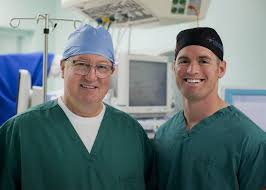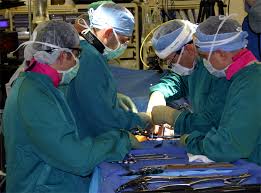
In some Eastern religions, such as Buddhism, it is a given that suffering, pain, and misery exist in life. As a counter-balance to that obvious truth, many people spend their entire working lives trying to reduce or eliminate individual cases of pain and suffering whenever possible. One of the questions that comes up frequently in this context is how far to go to eliminate what kind of suffering. Additionally, when do the benefits of using an intervention that carries its own portion of pain and suffering outweigh the distress of the current diagnosis or condition? For patients living with chronic hip pain from injuries or degenerative bone diseases, the answers are very individual and can only be found in consultation with a hip replacement doctor Baltimore.
Who is a Good Candidate for a Total Hip Replacement Baltimore?
- Generally speaking, a hip replacement procedure Baltimore can be a good fit for many different kinds of patients. Over a million of these operations are performed every year, worldwide. Less than 1% of hip replacement patients experience anything close to life-threatening complications.
- Individuals suffering from traumatic injuries to the hip joint are often good candidates for replacement of that joint. While it is possible to put an otherwise healthy person with a broken hip in a large body cast and keep them immobile while the fracture heals, simply replacing the broken joint will have them back on their feet in a matter of days instead of months.
- Those who suffer from degenerative bone diseases like osteoarthritis often seek out hip joint replacements. The vast majority of these patients return to their previous activities with no or much less pain within two to three months of surgery. Some even find that they are able to take up new hobbies like hiking or golf that had been impossible before their hip replacement.
- While not all individuals will be good candidates for this surgery, anyone who has tried less invasive treatments like medications or exercise physiology deserves the opportunity to consult with a specialist surgeon about a hip joint replacement. The quality of life improvement could be vast.

